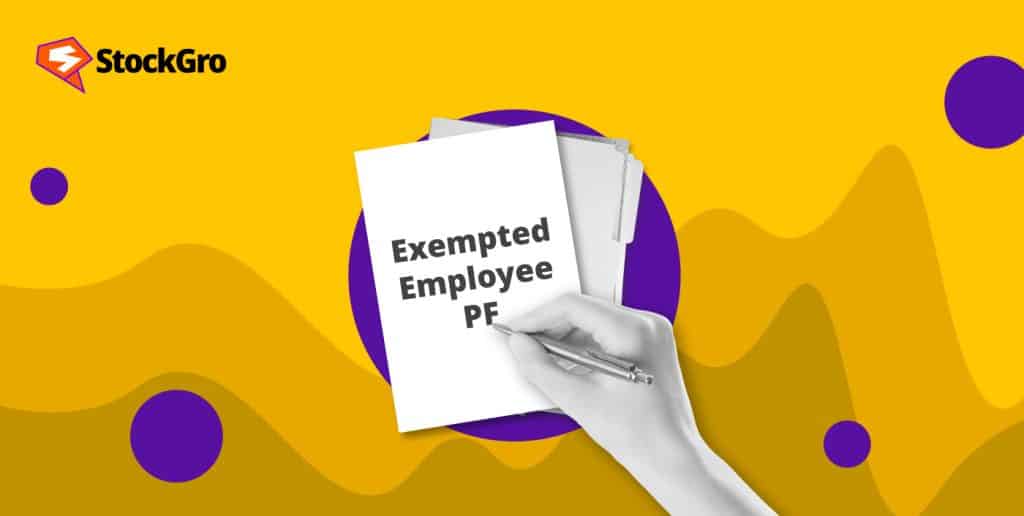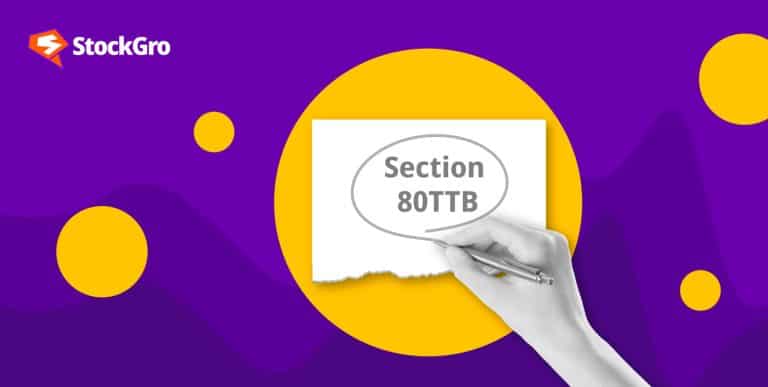
When it comes to employee benefits and saving for retirement, the employee provident fund (EPF) is a solid foundation. It protects the financial interests of millions of employees. This strong framework does include a lesser-known but very important choice called the exempted trust.
This alternative approach allows companies to take the reins of their employees’ provident fund contributions, offering a blend of flexibility, customisation, and potentially higher returns.
There are around 1300 firms in India who are availing the benefit of exempted PF trusts as of Jan 2024. But what exactly is an exempted trust, and why should both employers and employees take notice? This article will answer these questions.
What is an exempted trust in EPF?
An exempted PF trust is like a special savings account for employees. It receives permission from the Employees’ Provident Fund Organisation (EPFO) to manage provident fund contributions differently. Instead of contributing to the regular EPF, companies with this trust handle their own savings plan for employees. The trust must still follow EPFO rules to take care of employees’ savings.
EPF-exempt trust in PSU trust is like a special savings account set up by a company for its employees. The goal is to provide better financial benefits than a regular employee provident fund (EPF). In this trust, representatives from both the company and the employees work together. They decide how the trust operates, where to invest the money, and the rules for employees to withdraw their funds when needed.
To format the application in 01 for EPF-exempt trust, please refer to the detailed guidelines outlined in the Standard Operating Procedure (SOP).
Also read: The concept of EPF – All you need to know about this tax-saving fund
Withdrawal from exempted PF
You can get 75% of your savings back within a month after losing your job. It takes two months for the last 25% to become available. Retirement savings plans such as the employees’ pension scheme (EPS) are managed and disbursed by the employees’ provident fund organisation (EPFO). One can apply for it if they are 58 years old.
If you decide to quit a job with an exempted provident fund (PF), there are choices that you can make. It is possible to transfer your PF balance into another company with an exempted PF once you join it. But, if you move to an unexempted company which is registered under the employees’ provident fund then your balance will be shifted to the employees’ provident fund Organisation.
Even if you go into the unorganised sector or start working for yourself, still you will be considered as being unemployed. In such a case, one may either leave their provident fund (PF) balance alone or withdraw it (after two months of no job). The interest earned on this amount shall be subject to tax should it be decided by somebody to leave their money behind with their previous employer.
Benefits of exempted PF trusts
- Lower inspection charges: Exempted PF establishments pay a lower inspection charge (0.18%) compared to un-exempted ones (0.5%). This reduces administrative costs for employers.
- Higher interest rates: Private PF trusts have the flexibility to declare interest rates higher than the standard EPF. Employees can potentially earn better returns on their savings.
- Improved service: Private PF trusts often provide more efficient and customer-friendly service compared to the EPFO. Employees experience better responsiveness and support.
- Tax advantages: Private provident fund (PF) trusts operate similarly to ordinary EPF accounts in terms of taxation. Employees can deduct up to ₹1.5 lakh from their taxable income using section 80C for their contributions. Employer contributions are tax-free, as is the interest earned on private PF trusts.
However, if an employee leaves before completing 5 years of service, the employer’s contribution and interest become taxable.
Must read: Overview of section 80C deduction and its sub-sections in income tax
Exempted companies in India
Here is a list of a few of the exempted companies as of Jan 2024:
- Ewart Investment Ltd
- Homi Bhabha Fellowships Council
- Bai Hirabai Tata Memorial Trust
- Tata Sports Club
- Express Diary Company Limited
Risks and challenges
- Increased responsibility: Employers managing a PF Trust take on the responsibility of handling funds contributed by both employees and the company. This requires specialised financial knowledge and additional time investment.
- Higher risk: While PF Trusts offer investment flexibility, they also carry greater risk compared to the standard employees’ provident fund (EPF). Trustee decisions can lead to losses, affecting employees’ retirement savings.
- Lack of government protection: EPF enjoys government backing, providing security for employees’ funds. PF Trusts, managed by employers, lack this government support, which can be a concern for employees.
Comparison with non-exempted EPF
- Management and control: Exempted trusts are managed by the employer, while non-exempted EPF funds are managed by the EPFO.
- Regulatory oversight: Exempted trusts face stringent internal and external audits, whereas non-exempted funds are directly managed by the EPFO.
- Return on investment: Exempted trusts may offer higher returns with effective management, whereas non-exempted funds have a more standardised return profile.
You may also like: The concept of rate of return is the key to making investments. Know how.
Bottomline
The exempted provident fund (PF) trust emerges as a compelling alternative to the traditional employee provident fund (EPF), offering unique advantages and challenges. For employers, it provides greater flexibility in fund management, potential cost savings, and enhanced control over the provident fund’s operations.
This autonomy allows companies to tailor investment strategies to better suit their financial goals and overall HR strategies. For employees, the potential for higher returns and customised benefits makes exempted trusts an attractive option, while also promoting transparency and trust in fund management.
FAQs
- How can I transfer my PF from exempted to exempted?
When you transfer your PF from one exempted organisation to another, do the following:
- Form 13 (Revised): Fill in the transfer claim form – Form 13 (Revised). Mention the trust name and trust address of your previous exempted employer. This form ensures the smooth transfer of your PF and pension fund details.
- Address to the PF account: Address the completed Form 13 to the PF account with your previous exempted establishment. Include the necessary details about your previous employer’s Trust.
- Is PF withdrawal taxable after 5 years?
After serving continuously for five years, you can take your provident fund (PF) without paying any tax. The whole amount of withdrawal which has both the principal and interest is not taxable. The interest earned on your contributions and your employer’s contributions is also tax-free. This benefit applies when your tenure with the PF account spans 5 years or more, making it a valuable incentive for long-term savers.
- Can I have both an EPF and PPF account?
It is plausible to possess an employee provident fund (EPF) account besides a public provident fund (PPF) account at the same time. EPF is connected to your job and looked after by your boss whereas any person, regardless of whether they are salaried or self-employed can open PPF. These two – EPF and PPF – have tax advantages too. Your EPF contributions (up to ₹1.5 lakhs) are tax-deductible under Section 80C. Investments in both enable building up significant savings for distant money needs like old age.
- What are the disadvantages of the provident fund scheme?
The rules regarding the withdrawal of funds are very strict. In other savings accounts, you can not use your PF money whenever you want to; it is locked until certain circumstances such as old age or change of employment occur. While PF provides stability, the returns are limited. The interest rates are generally conservative, which might not keep pace with inflation over the long term.
- What happens to EPF after death?
Upon the death of an employee, his or her family is entitled to receive insurance benefits under the employees’ deposit linked insurance (EDLI) scheme subject to a ceiling of ₹7 lakh. Apart from this, widow/widower/child pension is also given monthly by the employees’ pension scheme (EPS). To access the provident fund, the family can use EPF form 20, which also serves for withdrawal in cases involving minor or lunatic members.

